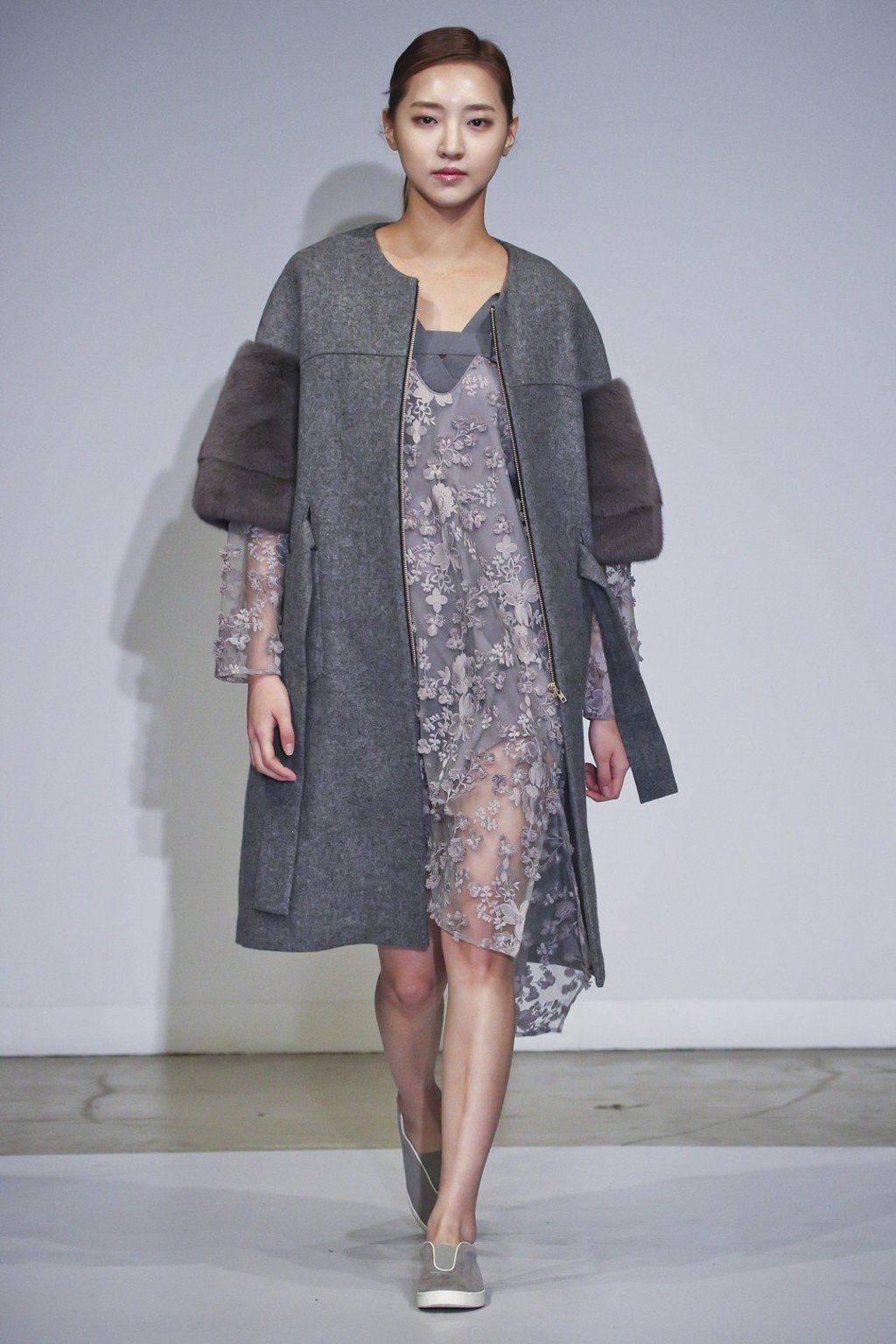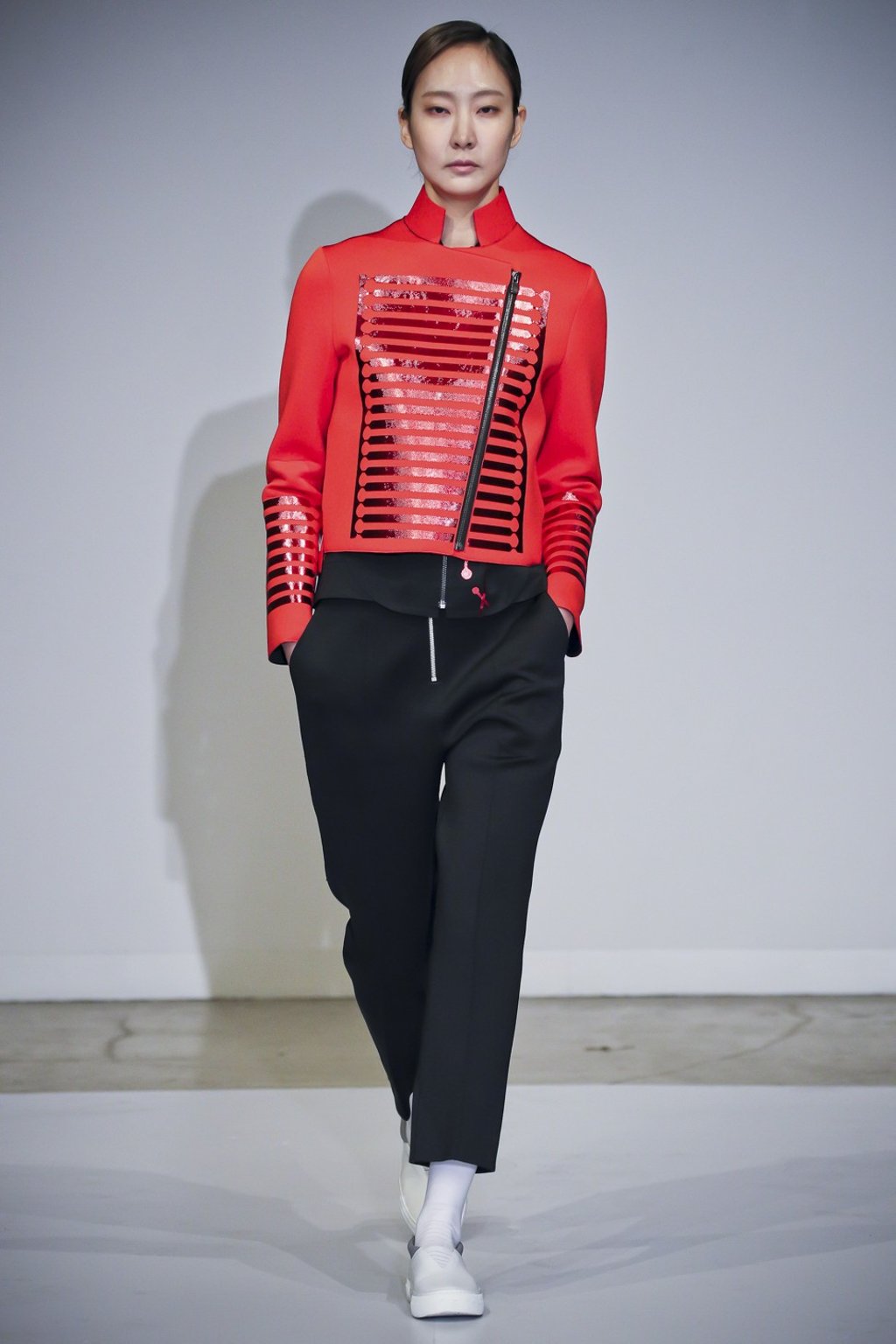Sustainable K-fashion finds fans in Korea as Seoul designers adopt eco-friendly strategies
South Korea is already the home of fast fashion that’s bold and bright, and now a group of designers have banded together to turn heads with a sustainably produced ‘slow’ fashion collection, Wear Grey

South Korean fashion is renowned for its flashy, youthful, K-pop-oriented appeal. Bold colours, exaggerated silhouettes, and accessories complete with cartoonish, sparkly embellishments characterise the styles we see in music videos and on popular Korean dramas and talk shows.
Korean designer behind Nohke on why the Chinese love K-fashion
For years, even before Korean fashion made its mark, South Korea was equally well known for its manufacturing know-how and lightning-fast production lines. Dongdaemun, the clothing manufacturing centre of Seoul, is where the season’s latest trends are turned out, as well as mass-produced designer replicas hot off the runways, available almost instantly for wholesale and retail at nearby malls. For years fast fashion has arguably been one of the Korean fashion industry’s biggest strengths.

But a new niche for sustainable, “slow” fashion is emerging.
This past season at Seoul Fashion Week autumn-winter 2017, a group of five designers collaborated on Wear Grey, the first of a series of forums for sustainable fashion, with the campaign slogan “Keep earth, wear grey, less laundry”.
Hong Kong millennials, fans of K-pop and soap operas, are big on Korean street fashion
Veteran designer Im Seonoc, the founder of sustainable fashion brandPartsparts, formed the collective alongside four other established local designers: Sohyan Bhaak, founder of clothing brand Post December; Seonju Kam, founder of ready to wear line The Kam; 12 ILI footwear designer Jaelim Yi; and bag and accessories brand Gear3, designed by Miseon Park.
